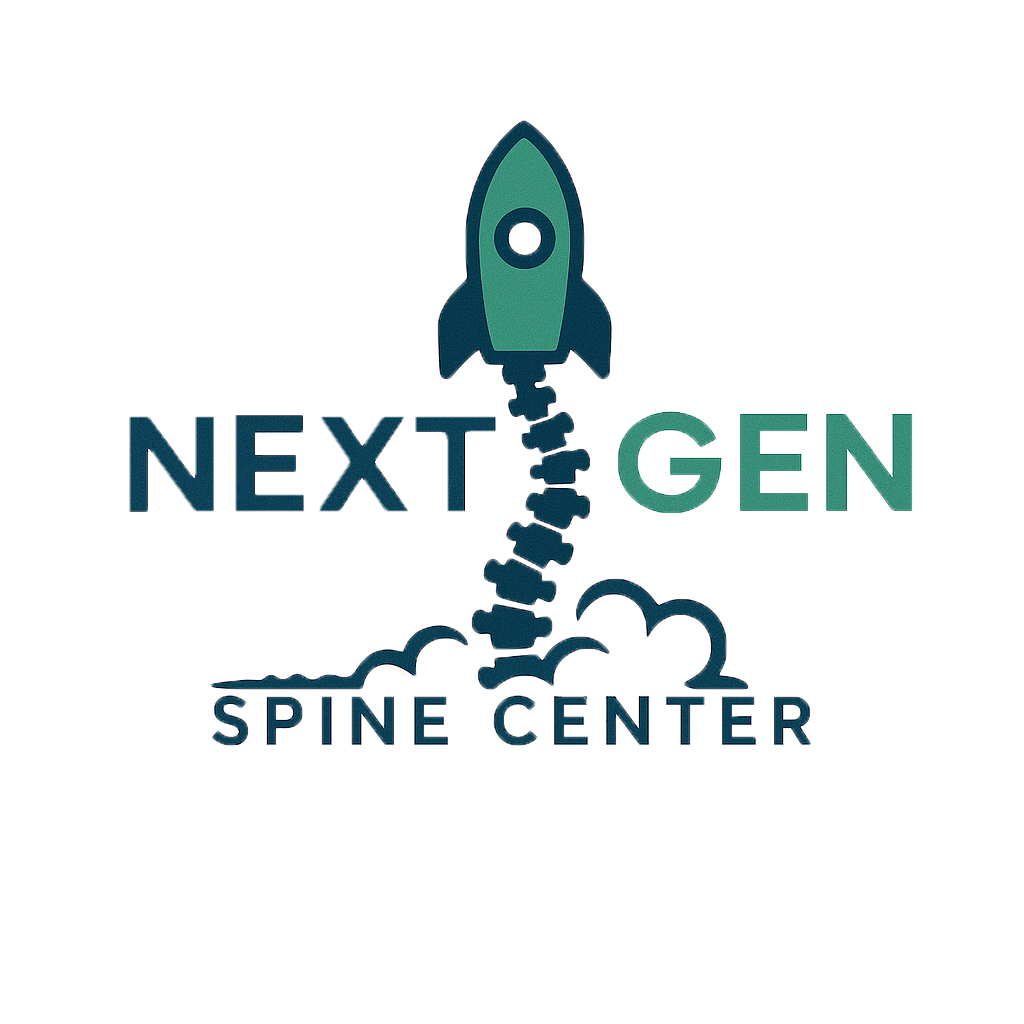What is Spondylosis?
Spondylosis is a general term describing age-related degeneration of the spine. It most commonly involves the discs and joints of the cervical (neck) and lumbar (lower back) regions. As discs lose hydration and elasticity over time, bone spurs and other degenerative changes can develop, sometimes causing pain or nerve compression.
Types of Spondylosis
Cervical Spondylosis: Degeneration affecting the neck vertebrae.
Thoracic Spondylosis: Degenerative changes in the mid-back.
Lumbar Spondylosis: Degeneration in the lower back vertebrae.
Causes
• Natural aging of the spine.
• Repetitive stress and overuse.
• Previous spinal injuries.
• Genetic predisposition.
• Poor posture over many years.
• Obesity placing excess load on spinal structures.
Symptoms
• Neck or back stiffness and pain.
• Grinding sensation during movement.
• Numbness or tingling in arms or legs.
• Muscle weakness.
• Limited range of motion.
• Pain worsening with activity or prolonged positions.
Diagnosis
Diagnosis begins with a physical examination and medical history review. Imaging tests help confirm spondylosis and evaluate nerve involvement:
• X-rays to detect bone spurs and disc space narrowing.
• MRI to assess soft tissues and nerve compression.
• CT scan for detailed bone imaging.
• EMG and nerve conduction studies to evaluate nerve function.
Conservative Treatment
• Physical therapy to strengthen supporting muscles and improve mobility.
• Nonsteroidal anti-inflammatory medications (NSAIDs).
• Muscle relaxants for spasms.
• Heat and cold therapy.
• Epidural steroid injections for nerve inflammation.
• Lifestyle modifications such as weight management and ergonomic improvements.
Surgical Treatment
Surgical Treatment
• Decompression surgery – Removing bone spurs or tissue pressing on nerves.
• Discectomy – Removing part of a damaged disc.
• Spinal fusion – Stabilizing the affected spinal segment.
• Artificial disc replacement – Replacing a damaged disc with an implant.
Surgery is typically considered when conservative treatments fail and symptoms significantly affect daily life or cause severe nerve compression.
Frequently Asked Questions
Q: Is spondylosis the same as arthritis?
A: Spondylosis refers to degenerative spinal changes and is considered a form of osteoarthritis of the spine.
Q: Can spondylosis be cured?
A: While it cannot be reversed, symptoms can be managed effectively with treatment.
Q: Is exercise safe with spondylosis?
A: Yes, gentle exercise and stretching are usually recommended.
Q: When should I see a doctor?
A: If you experience severe pain, weakness, or loss of bladder or bowel control.
Q: Will I need surgery?
A: Most cases improve without surgery, but severe cases may require operative treatment.
